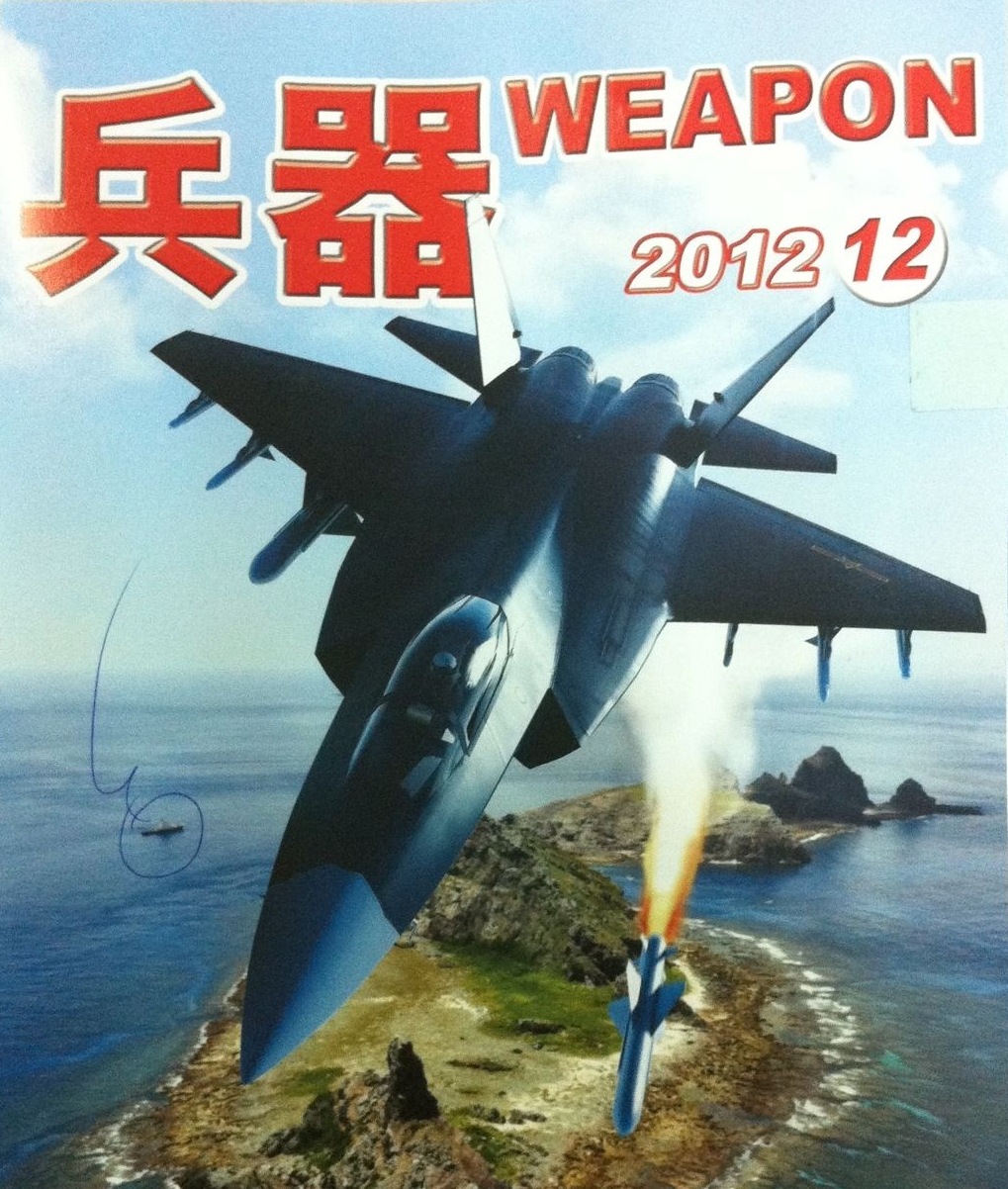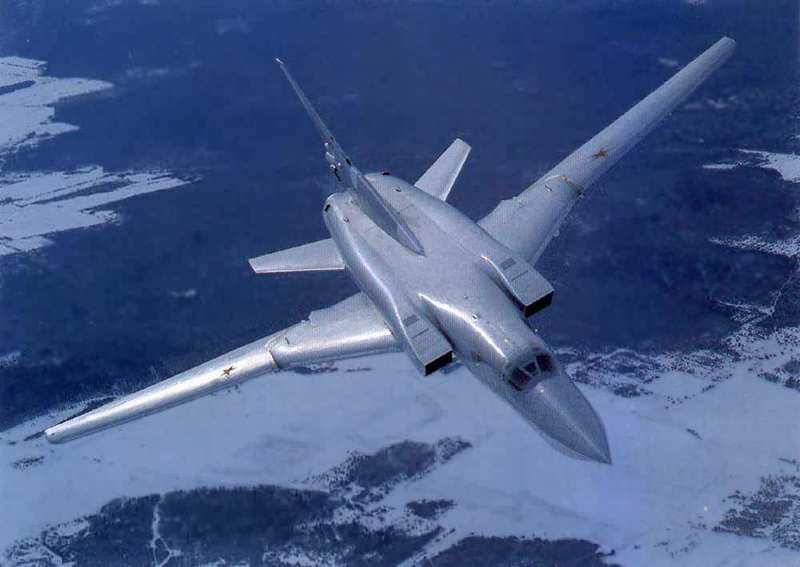Implementing the Maritime Strategy: Quantity vs Quality
OK – enough already with intrusions from the real world, time to re-engage.
Quantity vs. Quality – how much is enough? It is a question as old as the first armies. Of late, it is one of the central questions in the implementation of the Maritime Strategy when it comes to the question of force structure and what the Navy (to be) will look like.
We recently attended a symposium hosted by a local Federally Funded Research and Development Center wherein the theme was focused on the challenges of implementing the MS. While discussion ranged across several topics, this particular meme was raised during the course of a working lunch whose approach to the subject tended to the quality side of the equation. The crux of the argument was that in a time of constrained budgets, it was better to build smaller classes of technologically advanced (or advancing) vessels, thereby keeping the industrial base primed, than expending it preserving outdated force structure. We would note that it came in response to a question about the apparent disconnect stemming from (a) public fretting over a decline in numbers of hulls in the water while (b) striving mightily to put hulls with life still in them, underwater as reefs and the like.
So what was the justification? Using historical illustration, the speaker attempted to make the case that the Navy of the 1920’s and 30’s, made the choice of technological advancement at the price of preservation of force structure (as opposed to the Army) and in so doing, embarked on construction of a series of warship classes that were small in number, but showed technological progress over preceding classes such that when war did come in the 1940’s, the ships and subs that ended up filling Tokyo Bay in 1945 (and we would add, the planes in the air – SJS) were either on the drawing boards or in the early stages of construction on 7 Dec 1942. In other words, the Navy was ready to fight a technologically advanced war when it presented itself in 1942 (more on that later). Guiding and directing the process were the design boards which ensured the vessels built in disparate shipyards held commonality across classes and tended not to suffer from the vagaries of the current PEO shipbuilding bureaucracy. Contrast that with the Army which sought during the same time frame to preserve force structure and found itself seriously under armed and outmatched at war’s outbreak. A final point was asserted that if we (as a nation) had made a decision to stick with merely preserving quantity, then Desert Storm would have been fought with M60 Patton’s instead of M1’s (minor point – the Marines were there with M60s…-SJS)
Well, while it provides a nice, albeit one-dimensional illustration, there are some problems with this historical allegory. One may start with the fact that at the onset the Navy wasn’t ready for a battle with an enemy which held both quantitative superiority and qualitative edges in several critical areas. Nevertheless, and as we illustrated in the “Countdown to Midway” series the initial turning point came primarily via a third set of factors that could be labeled tactics, training and command. Superior damage control, exploitation of COMINT, better tactics as exemplified by the Navy dive bomber tactics, and a command structure that allowed the commanders in the field to employ the concept of calculated risk and adapt to and exploit changing circumstances.
So what is different today, or more importantly, five or so years hence when facing a peer/near peer competitor? To be sure, the importance of competency in tactics, training and command will be vital in the opening moments of any engagement – no time for OJT. However, one cannot ignore the fact that numbers will come into play and for all the talk of non-kinetic effects and tactics, at some point it will come to matter on matter. And this is the point we’d like to open the floor to discussion. Is quantity its own quality? What if that quantity is outflanked by a significant shift in tactics and/or weaponry – recall the havoc caused by Japanese night surface tactics combined with the Long Lance torpedo. Turning the coin, the same caveat may be applied to the quality argument. Again, drawing on the historical allegory recall that radar equipped destroyers were present at the Battle of Savo Island. Most will argue that radar is a qualitative improvement and yet Allied forces were soundly routed by Japanese surface forces in that night engagement. Tactics, training, command… What about stealth? Does the whole force need stealth – or perhaps only a small unit of very LO (low observable) vessels that could be employed in a manner like the F-117 was in relation to conventional attack aircraft. NAVAIR is rapidly running up on this very question — continue with development of the F-35C or perhaps another iteration of the Super Hornet that improves its frontal aspect LO while leaping a generation to a 6th generation aircraft in the 2025 time frame
So weigh in – let’s hear what you have to say, quantity? Quality? Hi-lo mix? if so, what kind of mix? Step on up to the mike…




Quality or Quantity?
I say both.
We need advanced ship classes which test new gadgets, but we also need numbers.
I would would suggest, a few advanced nuke cruisers
with many frigates.
then you have the advanced systems at sea, but you also have the numerous expendable frigates.
and we can forgot the logistics ships – AFS, AE’s AO’s
I meant we can not forgot the logistics ahips
Such a scheme though seems to imply a rather large drop in capabilities between the very high-end/small number CG’s and the low end FF’s. What about a mix of high end CGX/DDX that push the envelope technologically, a broader middle mix of legacy Burke and maybe a Burke hybrid/follow-on with a lower end populated by something like a license-built corvette?
-SJS
Seems the Hi component gets some satisfactory treatment.
Its the “lo” the USN has historically had trouble with. The LCS is the poster child on how not to go about it. But to be fair, the OHPs, Dealy’s, and Claude Jones’s, didnt’ fit the lo bill either.
A low mix only works if you have the numbers. And the way we decide what to build and what to buy, expense overtakes numbers in short order.
There is one other factor that squats in the room like the proverbial 800 lb gorilla — and that’s the factor of loss tolerance by the public. Let’s face it – the unspoken expectation is that the low end of the force is expected to take the brunt of the losses and I wonder if the tolerance for loss is so low among leadership and the public that the loss of a couple or even one low end ship (be it a corvette, LCS or frigate) is such that all manner of risk reduction factors are imlpemented, from gear to operations that have a net effect of raising the value fom low to mid/high, negating the purpose for which it was originally intended. Anyone imagine what a WW2 PT boat would look like today if the ORM folks got hold of it first?
Does this make sense or is it just a blind alley…?
– SJS
I well remember when the F(prior to being pegged as “/A”)-18 was pitched as the low end component in the CVW…
Look whats happened since.
The loss/expendability argument makes perfect sense to me. Look at the reaction to relatively low losses of just aircraft during Allied Force. I wouldn’t want to think about what would happen if we started losing ships in similar circumstances.
Classic case of public perception driving strategy, which is usually the way things work, as much as military professionals (especially in my service) want to pretend otherwise.
Speaking of my service, CSAF released his White Paper today. Not to do my broken record of ripping on the USAF, but it’s kind of hard not to when the ends are to “Protect Democracy and Guard Freedom” and the means are “revitalizing the force.” So, the USAF is kept around to guard freedom, and we’re going to do it by buying more stuff. Anyway, I’ll be looking at that a little more in depth at my place.